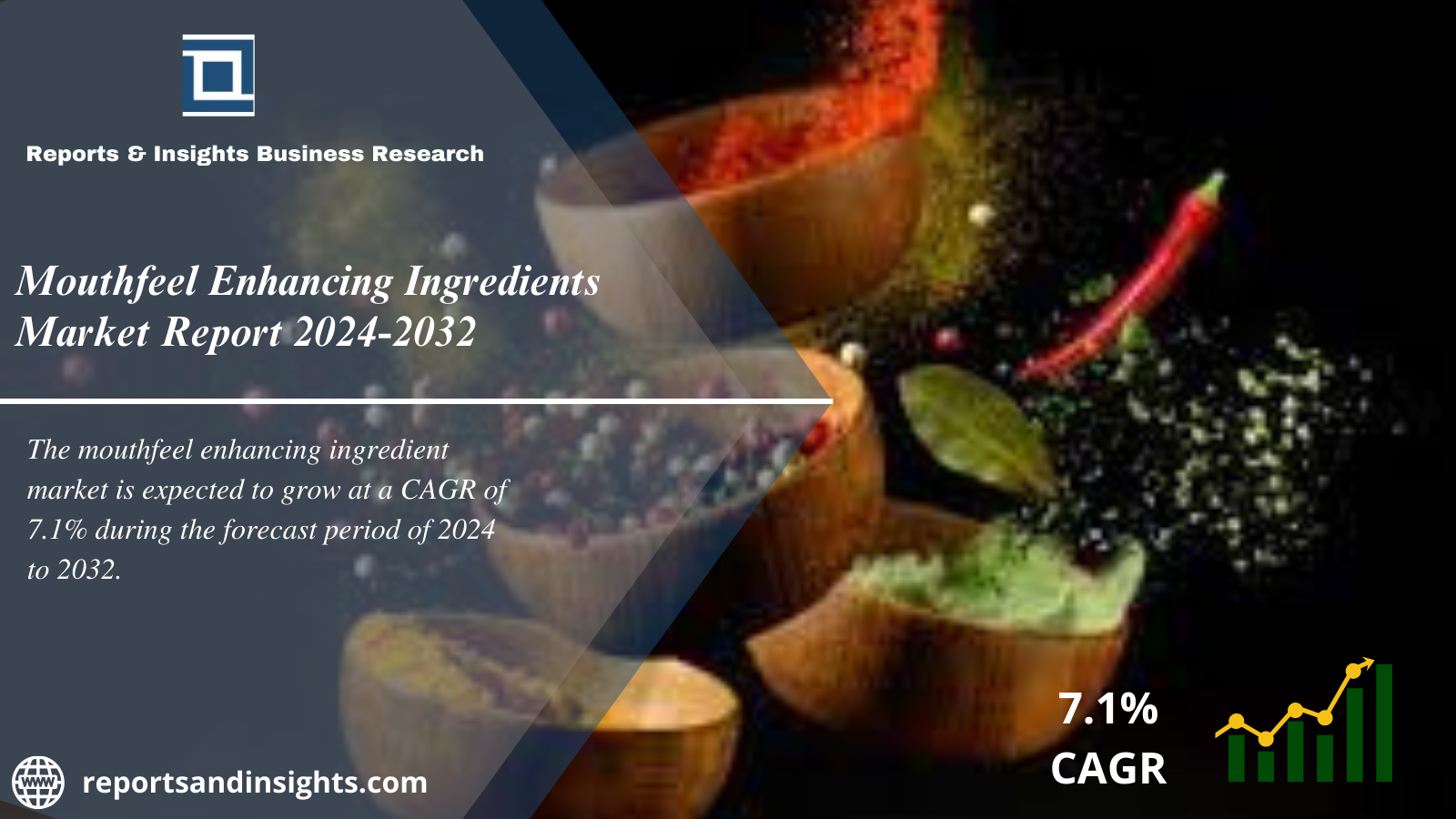It’s been a long time since the send off of Google Promotions, but, numerous publicists have kept on depending on similar PPC y2mate.com strategies they’ve generally utilized — bringing about a normal change pace of simply 4%. While this might have been an OK norm previously, it isn’t today. In the event that your PPC devices and strategies are costing you a 96% squandered promotion spend, it’s worth rethinking your methodology.
What is SEM?
Web crawler Showcasing (SEM) is a computerized promoting practice that uses paid techniques to increment search perceivability. At one time, search engine showcasing alluded to both paid and natural pursuit techniques; be that as it may, in flow vernacular, SEM has come to allude stringently to paid search publicizing — otherwise called pay per click (PPC) — and Website improvement (Web optimization) is treated as a different discipline.
Inside the SEM biological system, Google Promotions is the most famous inquiry advertisement network because of the volume of searches led through the Google web search tool (billions of searches each day). Microsoft Promoting (previously Bing) is a far off second to research in volume, however enjoys the benefit of solely serving Yippee search traffic — controlling a few computerized partner voice look — and best seo agency primelis can target searchers inside LinkedIn profile information.
Beneath you’ll find seven web crawler showcasing best practices that are demonstrated to support your transformation rates and work on your ROAS.
1. Ditch the “get more snaps” outlook
The initial step to a fruitful SEM methodology is to take on a transformation mentality.
It shouldn’t come as a surprise that marketers would want to get as many clicks as possible because digital marketing strategies are often influenced by the networks that sell ad space.
Ask any SEM master where they invest the most energy on a mission, and the greater part will let you know it’s on watchwords, promotion duplicate, and streamlining for cheaper catchphrases and promotion gatherings. These are movements of every kind intended for acquiring clicks.
But there are two parts to every SEM campaign:
The pre-click stage, when a customer sees your ad after entering a search term.
The stage after the click, when the customer either makes a purchase or does not on the landing page.
Most of computerized sponsors focus on driving traffic, underestimating what occurs after the snap. This is also the reason for the low conversion rate on average (4.4 percent on the Google Ads Search network). A few good leads and a lot of bad ones are generated when you concentrate on increasing clicks.
PPC sponsors have long acknowledged these numbers as standard benchmarks, however when 95.6% of paid clicks don’t end in changes, that is a great deal of squandered promotion dollars.
To work on your ROAS, your SEM mission ought to be centered around acquiring transformations. After all, your objective is to acquire paying clients, not casual visitors.
2. Focus on the right catchphrases
Being change centered doesn’t mean failing to remember about catchphrases, it implies focusing on the right ones. Your objective ought to be to give your very best for target high-plan catchphrases.
Long-tail catchphrases, in light of their thin concentration, are applicable to less aggressive organizations. As a result, their prices tend to be lower. However, in addition to being less expensive, long-tail keywords are also more likely to indicate intent to convert or purchase.
For instance, somebody looking “1080p HD compact projector” is more prepared to purchase than somebody looking “PC projector.”
Focusing on the right catchphrases will assist with expanding the significance of your advertisements, supporting your Quality Score, lessening your expense per click, and procuring you more transformations.
3. Customize your promotion crusades
SEM crusades are much of the time composed utilizing a predictable methodology that upholds strategies like powerful watchword inclusion (DKI), which makes it simple for the advertiser to make quite certain, profoundly designated promotions at volume. However, these advertisements appear cold and uncaring to the user. And it should come as no surprise that research reveals that customers prefer personalized experiences rather than keyword-stuffed advertisements.
Research directed by Accenture saw that as 83% of shoppers will share their information to empower a customized insight. Protection is a delicate subject, notwithstanding, and the Accenture research focuses to a basic boundary between data purchasers give readily versus information marks gather without their insight or consent. Trust and straightforwardness remain forever inseparable with personalization.
What does this resemble by and by? Begin by making a reasonable image of who your clients are. The accompanying information focuses can assist you with portioning your interest groups:
Segment (e.g., age, orientation, pay)
Psychographic (e.g., values, perspectives, interests)
Firmographic (e.g., organization, industry, title)
Geographic (e.g., city, state, country)
Conduct (e.g., site visits, downloads, information exchanges)
Conditional (e.g., buy history)
Involving client information for personalization in a way that makes worth to clients is the way in to their prosperity. McKinsey research shows that customized advertisements accomplish up to 30% more noteworthy showcasing spend effectiveness.
So assuming personalization is so successful, for what reason don’t more advertisers customize their promotions?
4. Guarantee message-match among promotions and pages
Some portion of powerful personalization is ensuring your promotions and presentation pages recount a firm story beginning to end. It might sound self-evident, yet an astonishing number of promotions direct people to greeting pages that don’t line up with the promotion message.
The most important thing is to use the same value proposition in all of your ads and landing pages. Like that, your guest will realize immediately that they’ve arrived at the right objective. For instance, assuming that your promotion makes reference to “zero charges,” a similar expression ought to be reverberated on your presentation page. This training, which interfaces your pre-and post-click SEM encounters, is known as message coordinating.
5. Keep a 1:1 proportion of promotions to greeting pages
A best act of any web search tool showcasing program is laying out a 1:1 proportion of promotions to greeting pages. This implies making a different greeting page for every one of your vital terms with the target of making an exceptionally important post-click insight for each hunt. There might be some cross-over in satisfied, however at least, the page’s title, title, duplicate, symbolism, items/administrations, and CTA ought to be custom fitted to the particular keyphrase designated by your promotion.
For instance, a quest for “blue umbrellas” ought to go to a greeting page for blue umbrellas. A quest for “pink umbrellas” ought to go to a greeting page for pink umbrellas. Even though it might be tempting to simplify the process by creating a single generic page with umbrellas of any color, this would result in fewer conversions.
Executing this degree of particularity requires an interest underway assets, yet it pays off. Making custom fitted points of arrival for every one of your top pursuit terms can lessen your CPC by as much as half.
6. Follow change focused plan standards
When your promotion has taken care of its business and constrained imminent clients to click, your greeting page is answerable for the final part of the excursion. Your SEM campaign will be more successful if your landing page is designed in accordance with well-established user experience best practices.
At their best, greeting pages are engaged, convincing, and easy to understand. You can convert SEM traffic into sales by adhering to a few conversion-centered design best practices:
Benefit-arranged title: Obviously impart your extraordinary selling suggestion in your title.
Visual order: Use size, space, difference, position, and vicinity to direct the client’s consideration in the ideal request.
High variety contrast: Use colors that pop to cause to notice your structures and CTA buttons.
Succinct duplicate: Advance text for meaningfulness with little, brief text blocks, list items, subheadings, and bolded words.
Straightforward structures: Keep structures basic and direct, with clear names and blunder messages, and ensure they are short and simple to finish.
Accommodating media: Be aware of utilizing pictures and recordings that help your message or pass on advantageous data without diverting the guest.
Message match: Make sure the message on your landing page builds on the one from the advertisement that brought the visitor to the page.
These UX standards cooperate to eliminate hindrances and assist with directing planned clients to make the ideal move.
7. Test and streamline continually
The act of transformation rate enhancement (CRO) includes constantly further developing your post-click point of arrival encounters by consolidating learnings to amplify change
Following prescribed procedures will kick you off in the correct bearing, however they are definitely not a substitute for testing. Regardless of whether you make what feels like wonderful promotions and post-click presentation pages, you wouldn’t believe the amount A/B and multivariate testing can push your change upgrades.
A/B testing includes disengaging individual factors and afterward testing one greeting page plan against another. For instance, you could A/B test two pages with various titles to figure out which accomplishes more noteworthy transformation.
Multivariate testing includes testing changes between numerous page components together to perceive how they interface with one another. For instance, testing two different page titles, two header pictures, and two opening sections would permit you to test eight different page variations.
You will consistently increase your conversion rate over time while uncovering insights that can be applied to subsequent campaigns by repeatedly testing your post-click landing pages against alternate versions and incorporating the lessons learned into new page designs.





